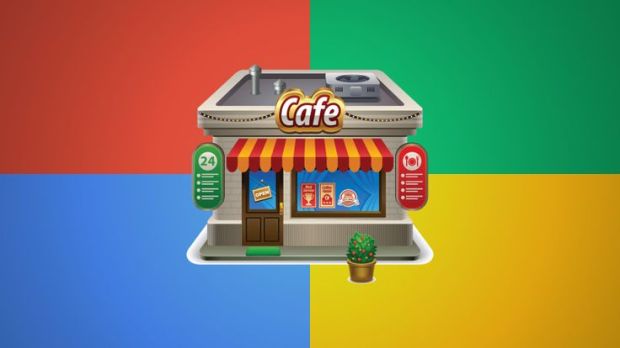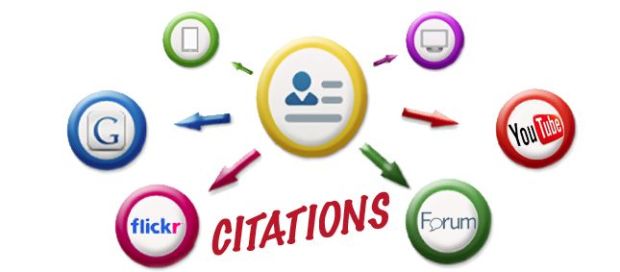Be aware your website is your shopping mall. Your main responsibility is to convince people from public and private parks (your social media channels) to visit your mall every day. This mission is accomplished if and only if you:
1. Choose the right social media sites to register.
2. Actively and manually update your profiles. By actively, it means every day or four times daily depending on what site you’re using. More on that later…
3. Make sure uploaded contents (photo, video, infographic and slide presentation) either contain a link to your site or a call-to-action such as phone number.

Photo Courtesy of: Pinterest
Social media, by definition, refers to any social channels where you can reach out to your existing and new customers. It might be a social media networking, social bookmarking, review platform, photo-sharing, video-sharing, social forum, content curation and question-and-answer.
Successful social media adds an extra layer of increased awareness and solid promotion to your local SEO campaign.
The biggest problem with social media, however, is not all sites are created equal. Each social channel is unique. It works differently than the other. For example, Facebook and Twitter are both social networking sites but there’s a need for you to vary the techniques to attract more attention.
The Truth about Google
You can’t go wrong with Google. It only requires you to create one e-mail address to use its other free services, which are vital to your local search engine optimization campaign.
Remember: As the major search engine, Google holds 67.6% of the US market shares (Search Engine Watch, May 2014).
Therefore, don’t waste time. Open an account now and learn how to use Google+, Google+ Local, Hangout, AdWords and YouTube.
The Truth about Facebook
Moz believes Facebook builds brand loyalty. The site allows you to convert your friends into potential customers.
Just think about it. With one account, you can create a personal profile, a local business page (with free analytics) and a group.
Paid promotion works well in Facebook. You can expect more likes, more comments, more shares and more unique visits to your website.
The Truth about Twitter
Google and Facebook are your business partners. With consistency on your part, both of them will work hard to improve your local search result ranking.
Twitter, on the other hand, works differently. It serves as your handy communication tool to listen and talk with people – family, friends, followers, potential customers.
Apart from networking, Twitter is also ideal for bookmarking a blog post, curating a content relevant to your business and requesting a mention from top influencers.
The Truth about Linkedin
Linkedin serves as your online resume. People want to see your professional profile to know who you are, what your current and past accomplishments and what other people say about you.
The Truth about Photo-sharing
Online marketing is 80% visual. People will believe what they read about you if it’s supported with photos, which are uploaded in your social channels.
To improve your reach, find a way to include Pinterest and Flickr in your campaign.
The Truth about Content Curation
Think content curation as a way of distributing free booklets to a group of people. Your goal is to educate them rather than promote your business.
These people will remember you if they consistently receive worth-reading contents. They will either follow your tweets or add you as their friend in Facebook.
The Truth about Question-and-Answer
Answering questions in Quora and Yahoo! Answers will improve your reputation. You’ll become an authority figure and who knows, people might also want to visit your website, if its link appears in your signature.
34.052234
-118.243685




